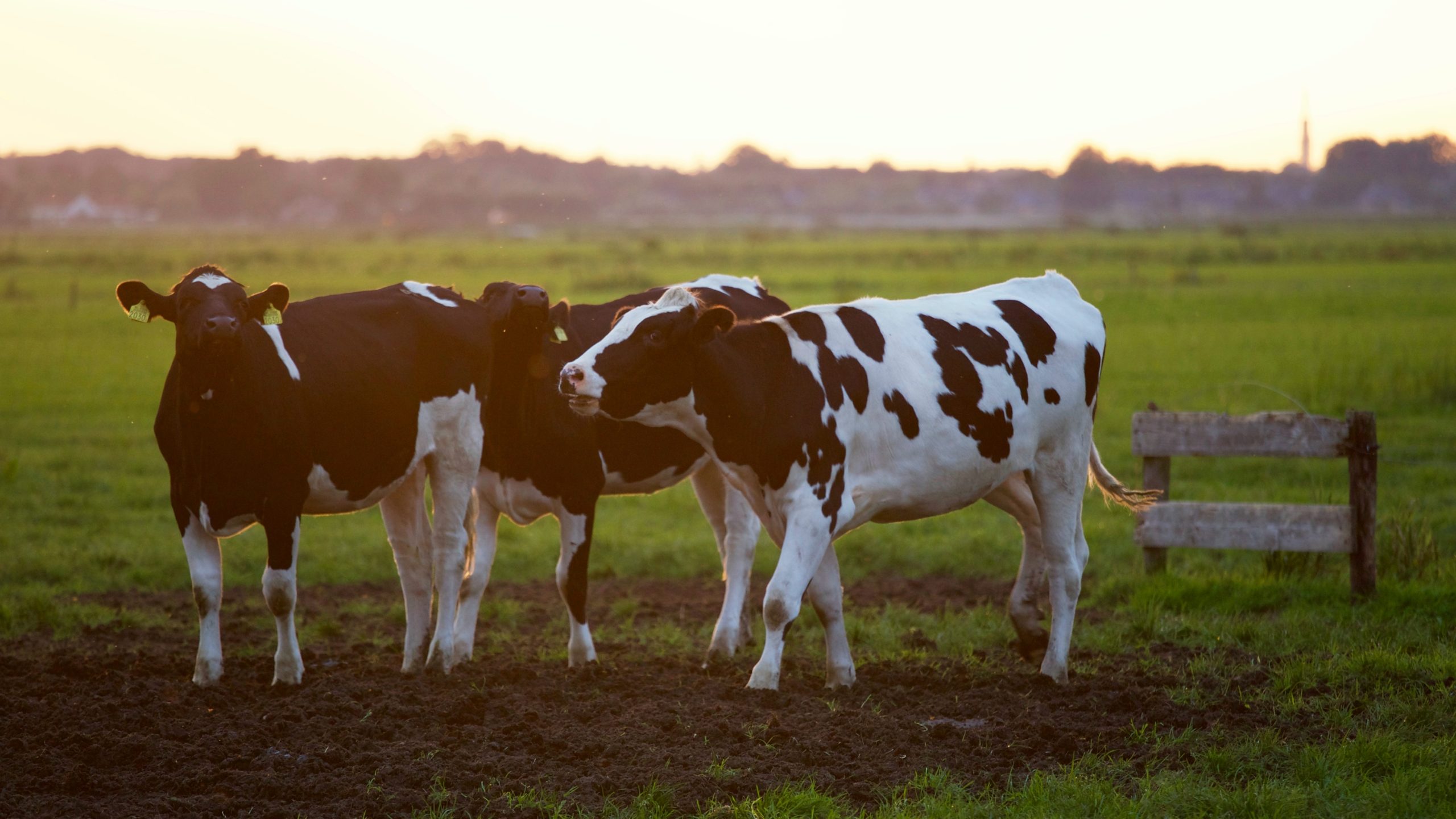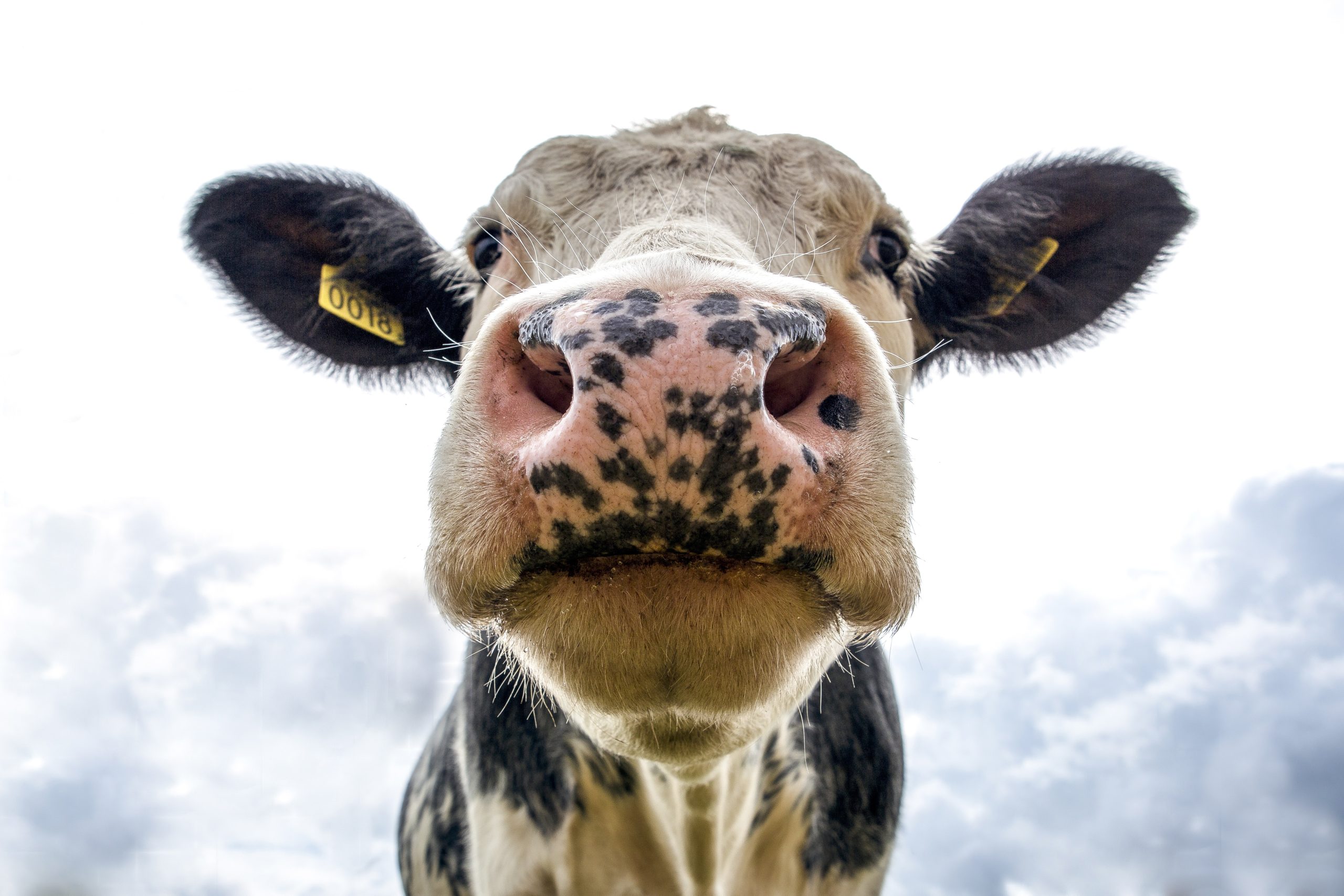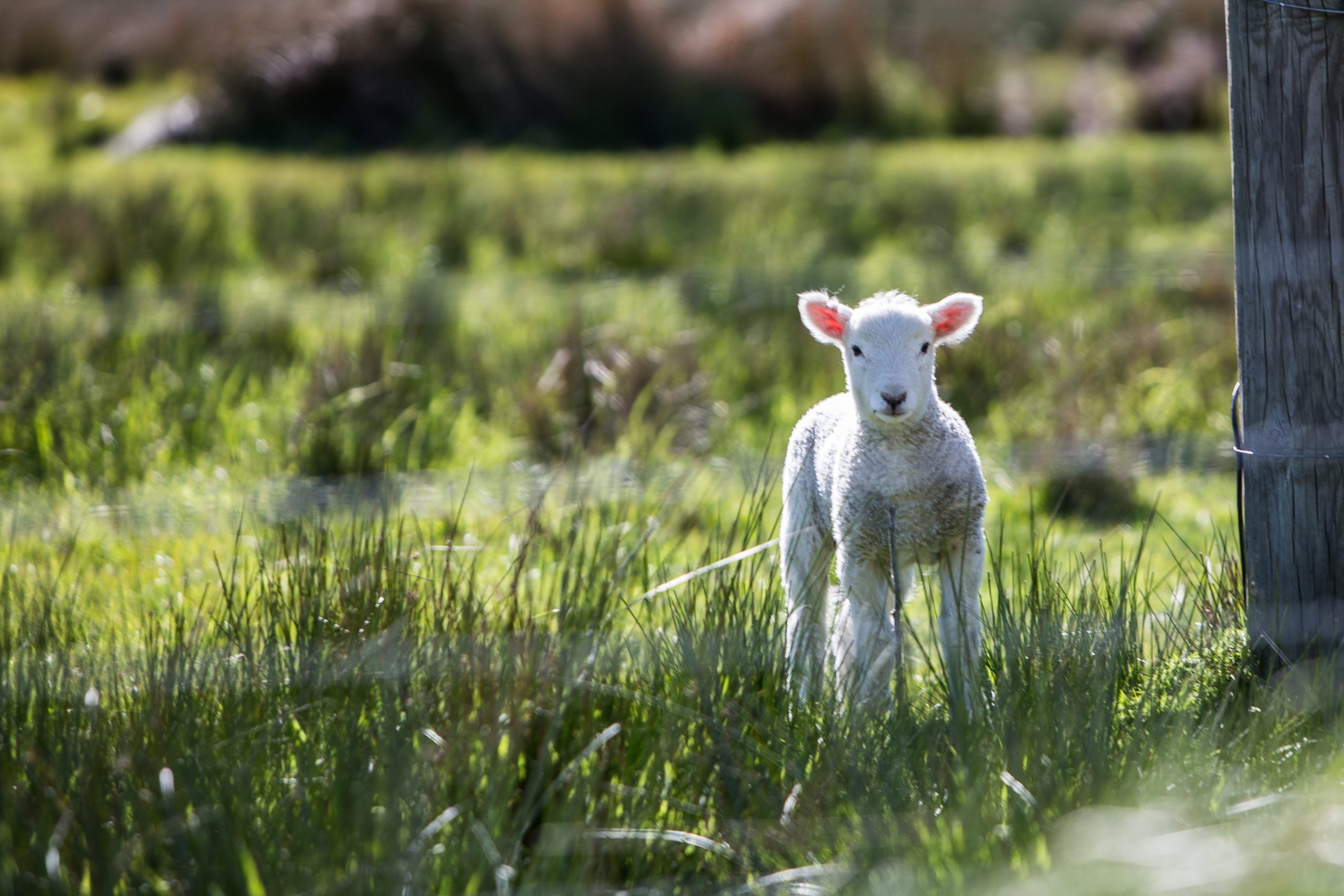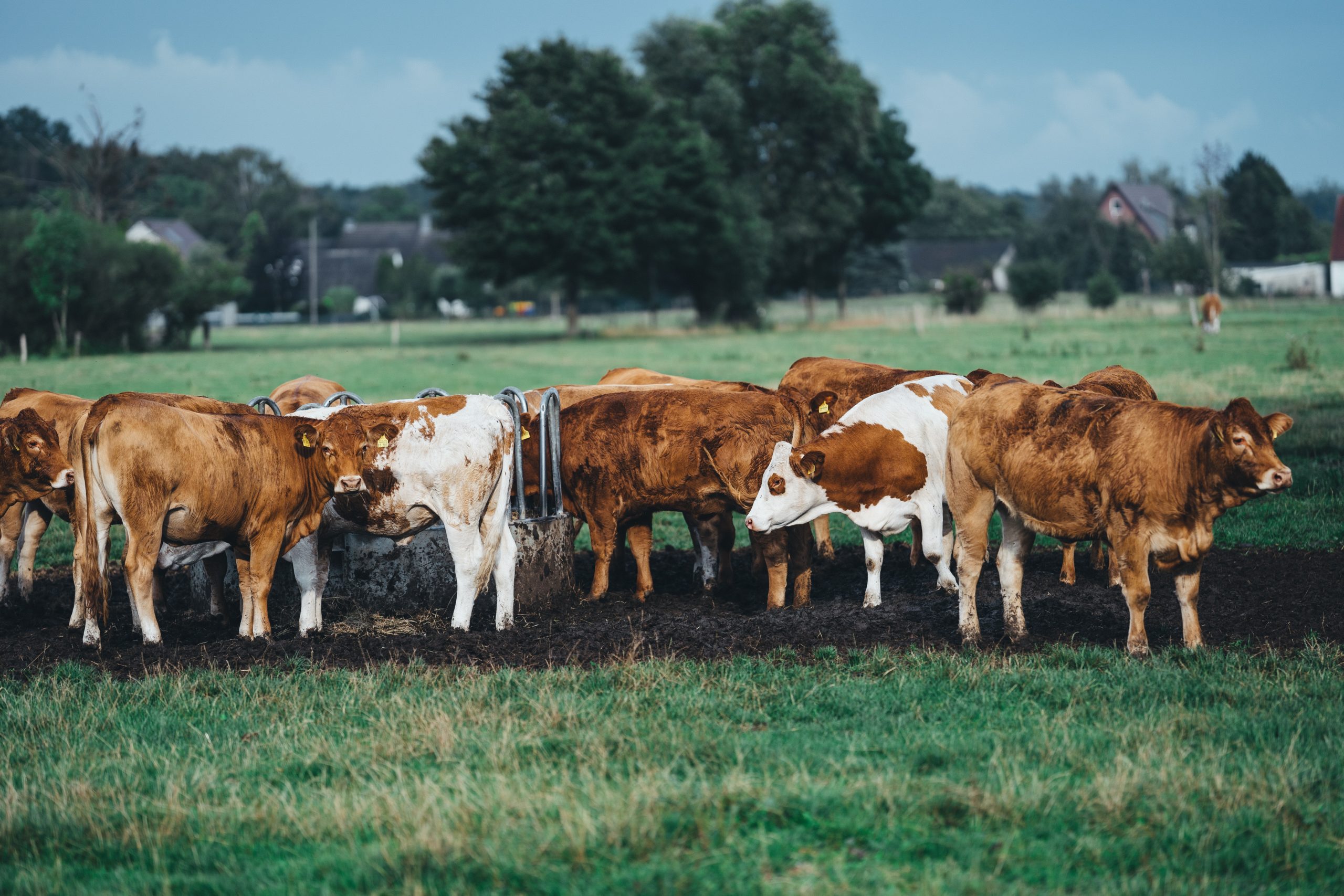Pregnancy toxaemia in ewes is a disease affecting sheep during late gestation, characterised by feed refusal and neurological dysfunction progressing to recumbency and death.
It is seen more often in older ewes and those carrying multiple foetuses.
What causes pregnancy toxaemia?
The primary predisposing cause of pregnancy toxaemia is inadequate nutrition during late gestation, usually due to insufficient energy density of the ration and decreased rumen capacity as a result of foetal growth. In the last 4 weeks of gestation, metabolisable energy requirements rise dramatically. For example, ewes pregnant with twin lambs need up to 2 times more energy and protein than maintenance requirements.
The lack of available energy through the ration in a period when there is a high demand causes a rapid breakdown of body tissue and resultant metabolic disease. Mature pregnant ewes with inadequate nutrition are susceptible and those in poor condition, or over-fat and/or with twin or multiple lambs are most at risk.
Ewes fitting these criteria may quickly shift from subclinical disease to clinical pregnancy toxaemia if feed intake is acutely curtailed by such events as adverse weather, transport, handling for shearing or preventive medication, or other concomitant disease (footrot, pneumonia, etc.). There is also a risk of hypocalcaemia (milk fever) in ewes held off feed close to lambing, such as penning for for shearing and crutching.
What are the signs of pregnancy toxaemia?
The disease usually appears over several weeks with a few ewes showing signs of standing alone or lagging behind, unsteady walk and apparent blindness. Clinical signs may progress over a number of days. Ewes that are down become very dull and finally may go into a coma. Occasionally the foetus dies and the ewe recovers, though often with difficulty during lambing.
Ewes with milk fever remain bright and alert in the early stages of the disease, but soon collapse and become too weak to stand.
Clinical signs of Pregnancy Toxaemia are the ‘tip of the iceberg’ and are a sign that the mob is underfed or on a diet low in energy, fibre and essential minerals like lush, green paddocks in a good season. In the latter scenario, most cases will occur in ewes that look deceptively in excellent body condition. Moving paddocks, yarding or late shearing of at risk ewes close to lambing will precipitate the disease.
Advanced cases of pregnancy toxaemia can also look similar to ewes sick from other conditions such as mastitis or bearing a dead lamb. A veterinary diagnosis is important as different treatment and management is required.
What is the treatment for pregnancy toxaemia?
Treatment with registered products containing propylene glycol may be successful in the early stages, especially if ewes are still able to stand. Ewes that are down or in a coma usually die despite treatment. Good quality supplementary feed, such as grain and hay, should be provided to, at least, those ewes most at risk. Prevention involves close observation, supplementary feed and careful management during the last weeks of pregnancy. Minimise handling and movement of at risk stock.
What other problems could be present?
This disease should be differentiated from hypocalcaemia (milk fever), which is also seen in late pregnancy and early lactation but caused by metabolic calcium deficiency. The disease occurs over a short time frame and usually affects more ewes in the flock. These animals usually respond rapidly to treatment with calcium solution and a vet should be consulted.
Lush, green pastures or grazing cereal crops (especially wheat) are often also low in calcium and magnesium, so calcium supplements should also be provided to late pregnant ewes along with grain (oats) and hay (roughage).




